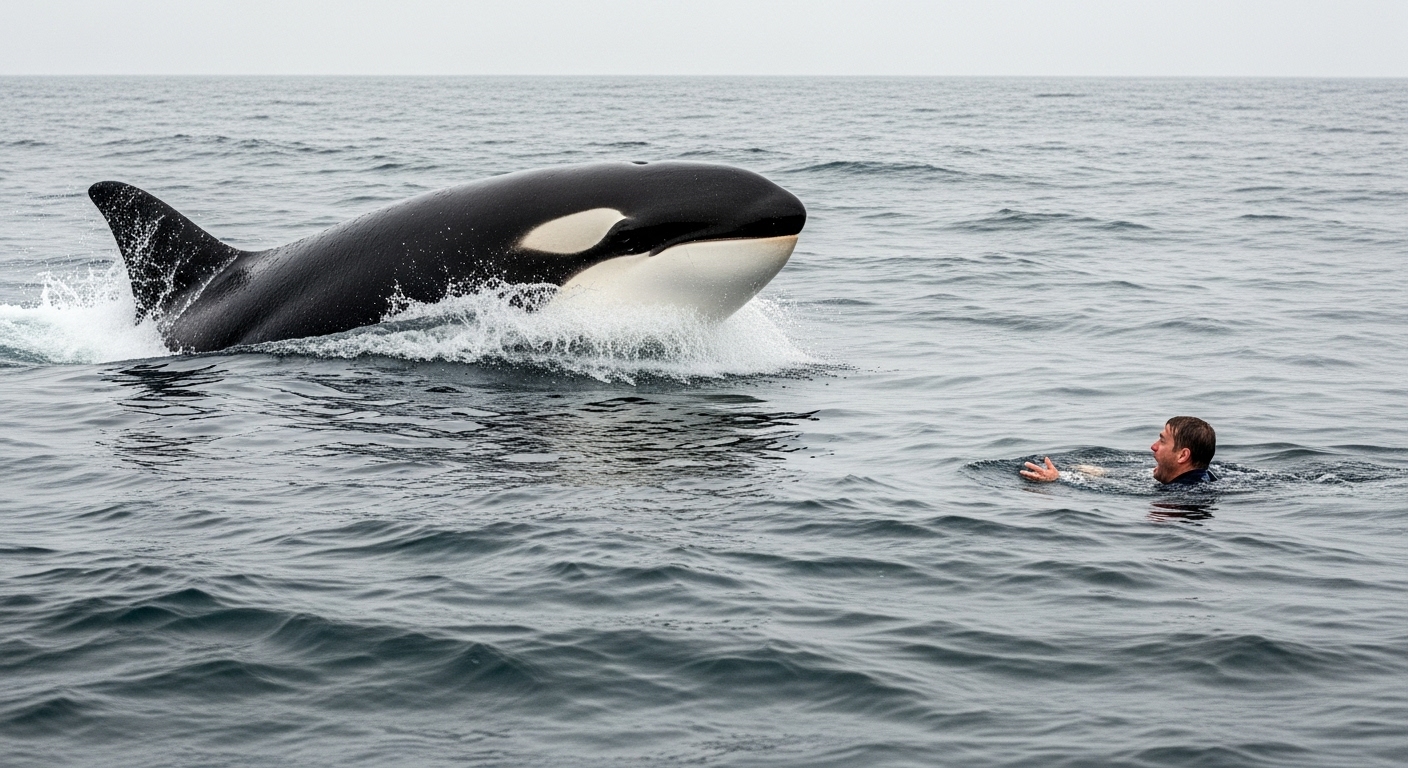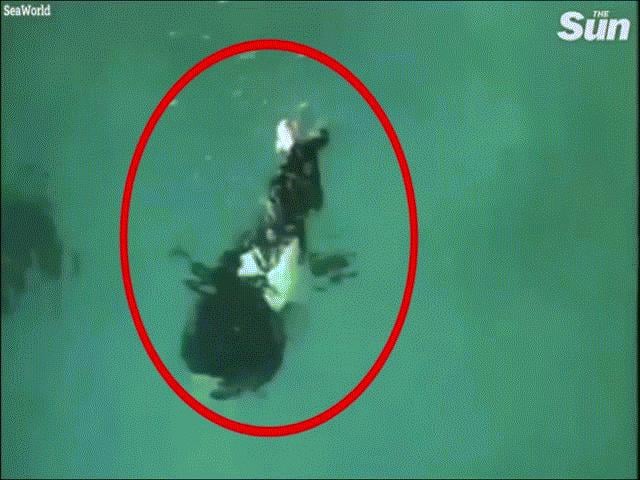WHEN WHALES KILL: THE RARE BUT DEADLY COLLISIONS BETWEEN HUMANS AND OCEAN GIANTS

They are icons of marine majesty — silent giants gliding through the depths. Whales, revered as gentle leviathans of the ocean, are rarely associated with danger. But on rare occasions, their massive size and unpredictable behavior have led to fatal encounters with humans, sparking global headlines and reminding us of nature’s raw power.
In July 2023, a tragic incident off the coast of Sydney, Australia, stunned both locals and marine experts. A recreational fishing boat was struck by a breaching humpback whale, sending two men overboard. While one survived with injuries, the other — a 61-year-old father — died despite rescue efforts. Authorities labeled the event a “freak accident,” yet it highlighted a little-known hazard: the sheer, inadvertent risk posed by whales in shared waters.

These incidents, though exceedingly rare, are not without precedent. In 2015, in Mexico’s Sea of Cortez, a breaching gray whale landed on a tourist boat, killing a Canadian woman. In 2011, a South African woman died when a 40-ton whale smashed into her yacht. Such collisions are often the result of whales unknowingly surfacing beneath vessels or leaping in close proximity.
Beyond open waters, the danger extends — controversially — to marine parks. Captive killer whales (orcas) have been involved in a handful of fatal attacks on trainers and handlers. The most notorious case remains that of Tilikum, a performing orca at SeaWorld Orlando, implicated in the deaths of three people between 1991 and 2010, including experienced trainer Dawn Brancheau. These incidents fueled global debates on the ethics of keeping orcas in captivity, leading to policy changes and a cultural shift away from marine mammal performances.
Experts agree that whales are not aggressive toward humans. “They are wild animals with immense power,” says Dr. Mark Simmons, a marine biologist specializing in whale behavior. “They don’t intend harm — but when a 40-ton creature breaches, the laws of physics take over.”

While whale-related fatalities make headlines, marine scientists emphasize they are outliers. In contrast, whales face far greater threats from human activities: ship strikes, fishing gear entanglement, ocean noise pollution, and climate change. Ironically, while whales may accidentally harm humans in isolated incidents, it is humanity’s relentless exploitation that endangers their survival.
As whale-watching tourism grows and more people seek intimate experiences with marine life, authorities warn about maintaining safe distances and respecting wildlife. The International Whaling Commission (IWC) advises vessels to stay at least 100 meters away from whales to minimize collision risks.
The ocean, vast and unpredictable, remains a realm where awe and danger intertwine. When a whale breaches beside a boat, it is a breathtaking sight — but when it breaches onto a boat, it becomes a deadly tragedy.
In the silent world beneath the waves, the giants move without malice. It is our responsibility, perhaps, to remember we are only visitors in their domain.





